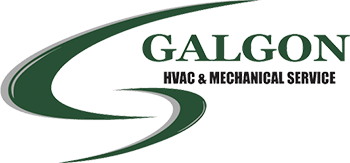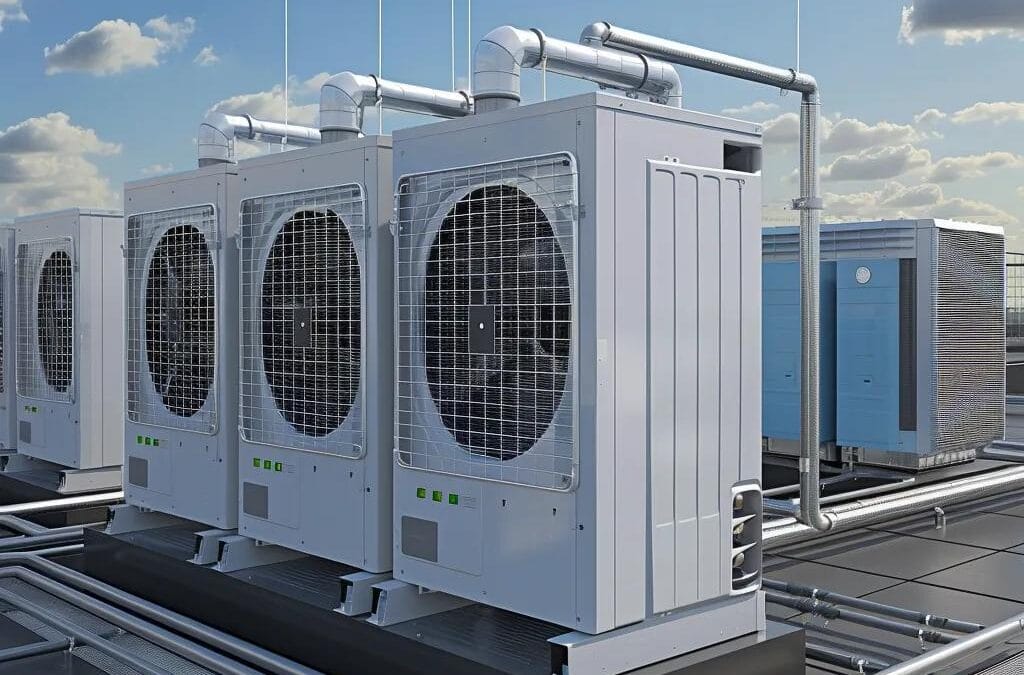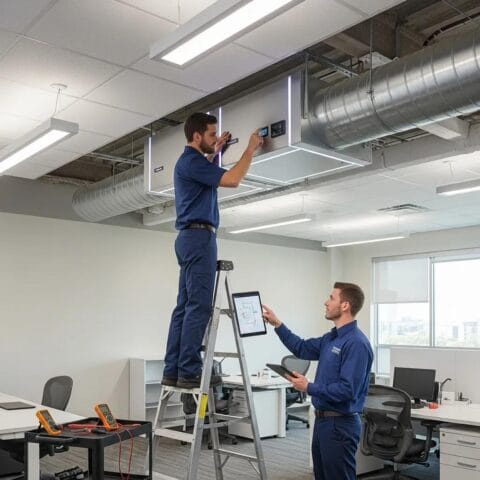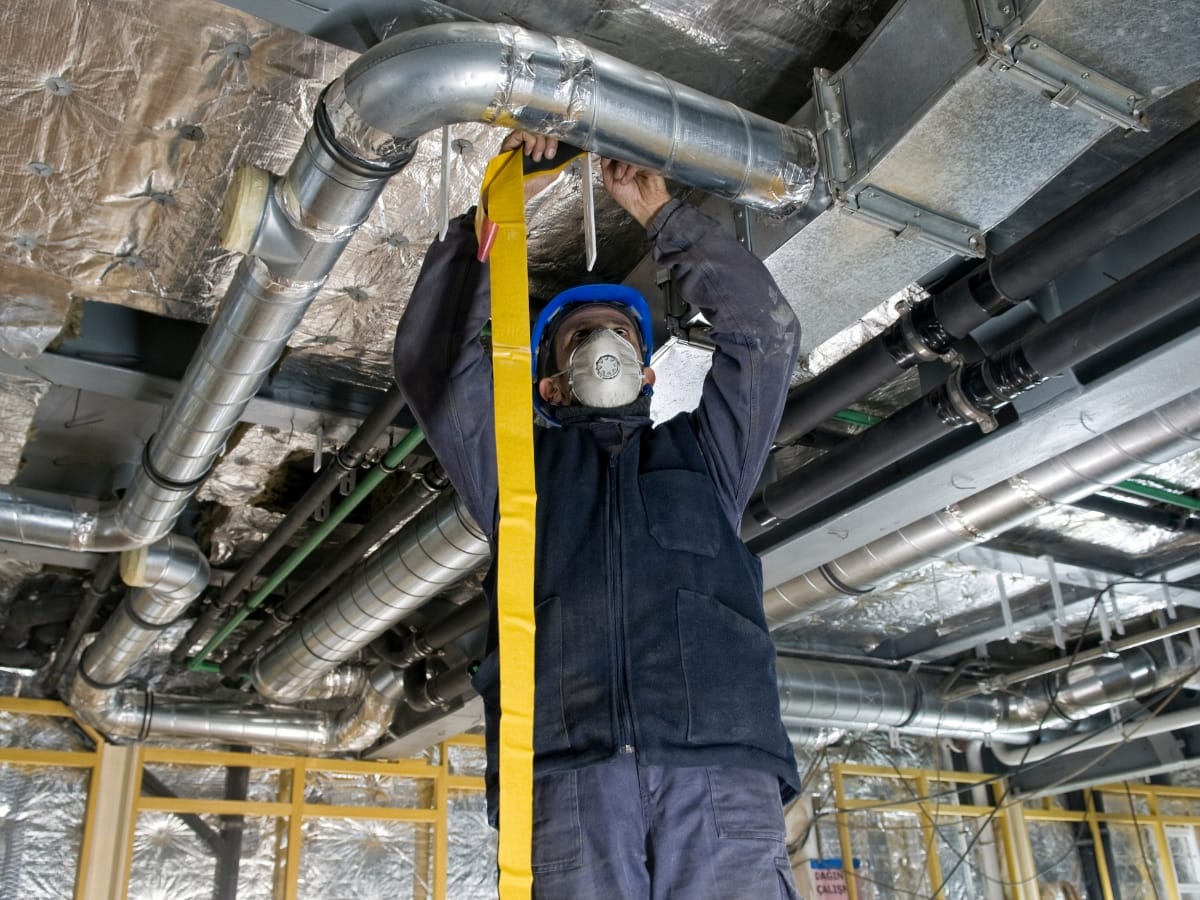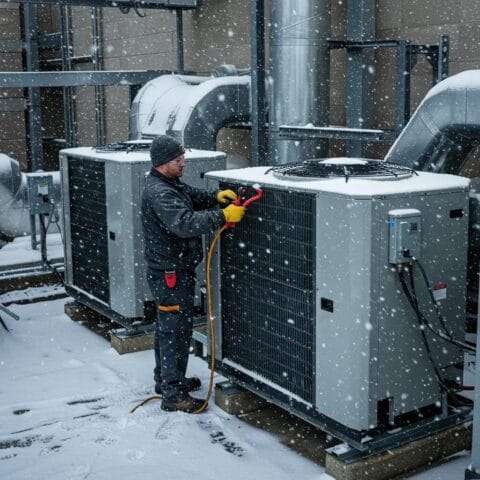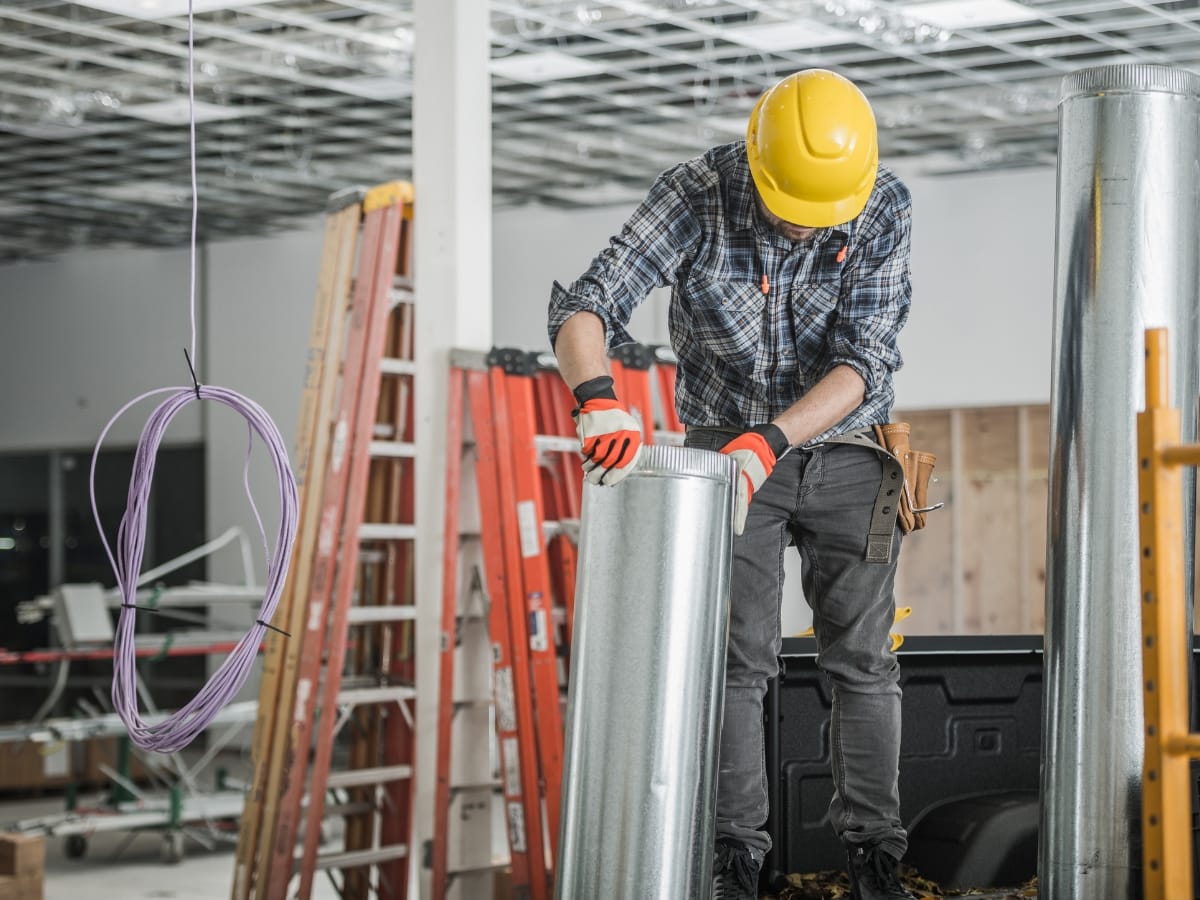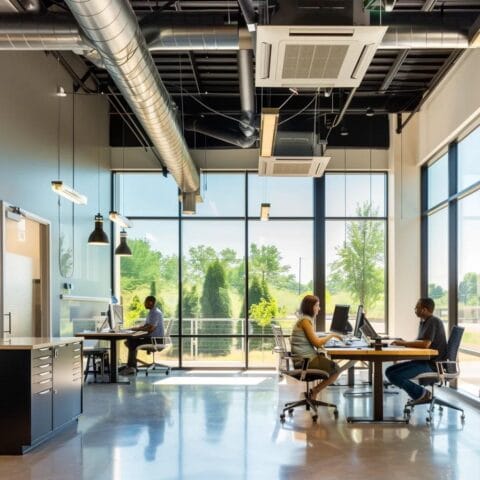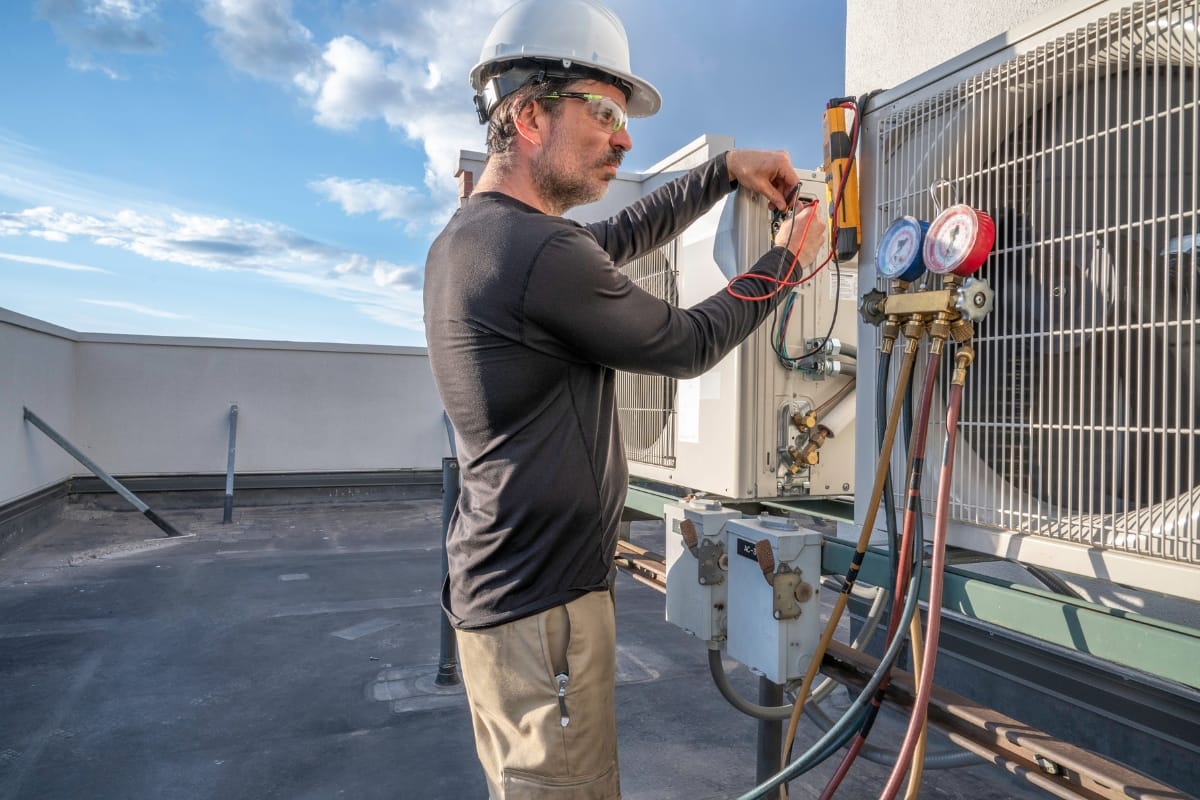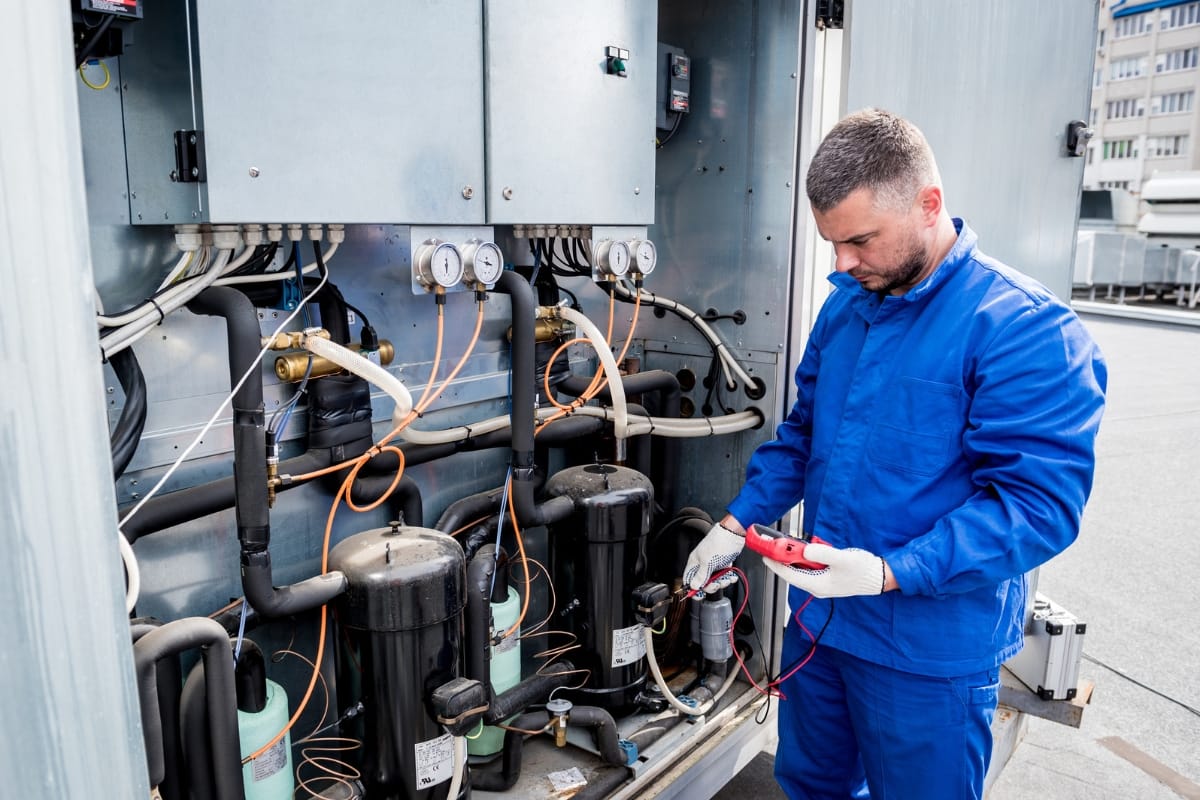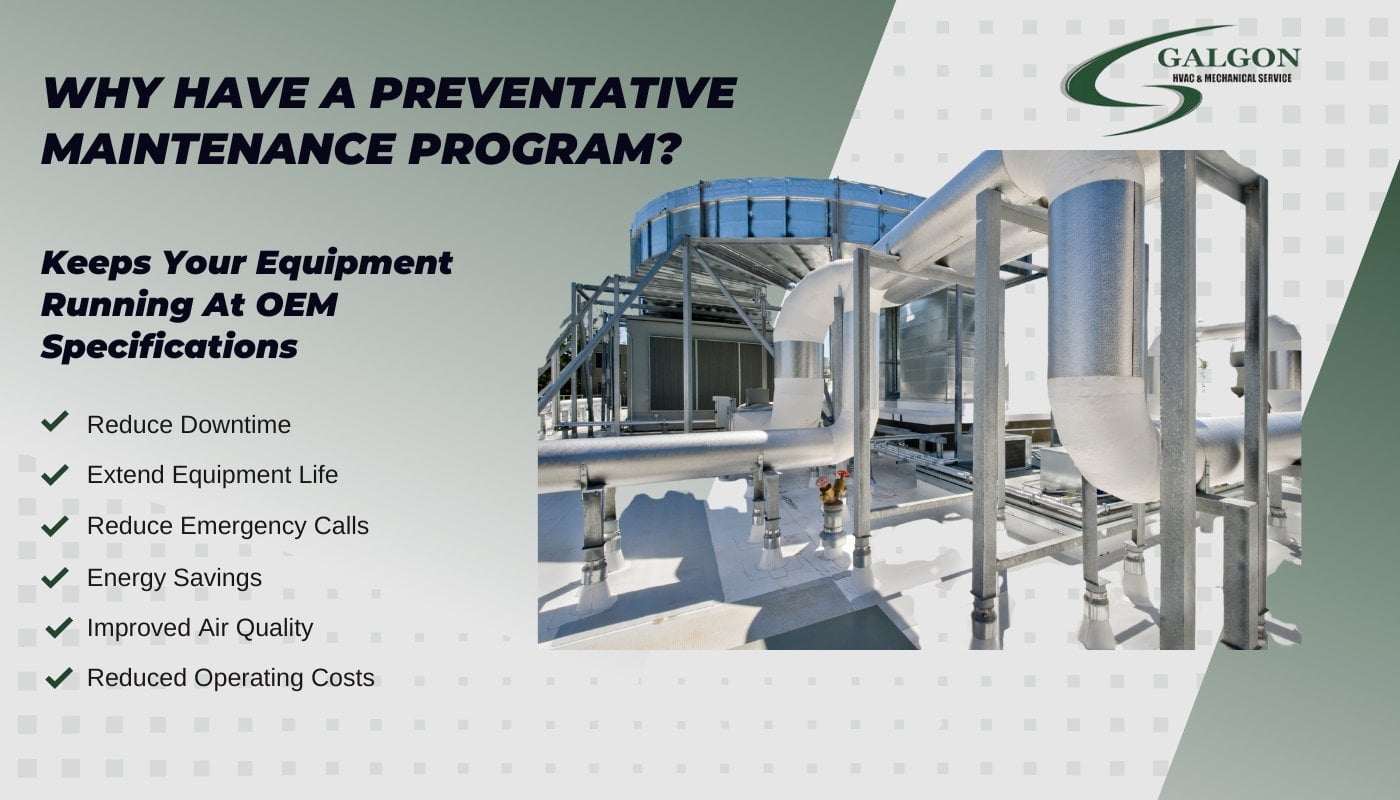For business owners, a reliable HVAC system isn’t just about comfort—it’s a critical asset that impacts productivity, customer satisfaction, and your bottom line. Outdated or inefficient commercial HVAC systems can lead to skyrocketing energy bills, frequent repairs, and even disruptions to daily operations. Investing in a modern replacement improves climate control, reduces long-term costs, and enhances indoor air quality—key factors for employee health and customer retention. In this guide, we’ll break down the financial and operational benefits of commercial HVAC replacement, proving why this decision isn’t an expense, but a strategic move for your business’s future.
Commercial HVAC Replacement: Boost Efficiency and Cut Costs
How Does Commercial HVAC Replacement Deliver a Strong Return on Investment?

Treat commercial HVAC replacement like any other capital project with cash flows. The value shows up in lower energy use, fewer repair calls, steadier comfort, and, in many cases, rebates or tax deductions. When you quantify those items against the installed cost, you get payback and ROI you can defend in a budget meeting.
How Can Business Owners Calculate ROI?
Start with what you spend today. Estimate annual utility costs tied to HVAC, add recent repair bills and downtime losses, then compare that baseline to a high-efficiency design. A quick example makes it clear. Assume a 10,000 sq ft facility, a $100,000 project cost, and prior HVAC energy spend of $100,000 per year. If new equipment trims energy use by 30%, that is $30,000 saved. If maintenance drops by $5,000 through fewer service calls and parts, the subtotal is $35,000.
The Section 179D deduction can add more value. At $1.80 per sq ft, the deduction is $18,000; at a 20% tax rate, the tax savings are about $3,600. Total first-year benefit is roughly $38,600, which implies a payback close to 2.6 years. After that, savings flow to the bottom line each year the system runs.
What Energy Cost Savings Do New Systems Provide?
Modern rooftop units, chillers, and VRF systems use high-efficiency compressors that modulate output instead of cycling on and off. Variable-speed fans match airflow to real demand, so the system runs quietly at part load and spends less time at peak draw. Better heat exchangers, smart economizers, and tight controls raise seasonal efficiency. Many owners see 20 to 50% lower HVAC kWh compared with equipment older than 10 years, especially when setbacks and scheduling are tuned to actual occupancy.
Which Incentives and Rebates Are Available?
Federal and local programs can shorten payback. Section 179D offers a tax deduction of up to $1.80 per sq ft for qualifying improvements in energy performance. Georgia utilities often provide prescriptive or custom rebates for high-efficiency tonnage, advanced controls, and demand response, sometimes reaching $200 per ton for eligible chillers or VRF capacity. Local electric providers may stack smaller incentives for networked thermostats and peak-load controls. Combined, these benefits of your commercial HVCA replacement can cover 15 to 30% of project costs, depending on scope and eligibility. Always confirm current rules and how deductions or credits translate to your tax situation.
How Does Commercial HVAC Replacement Cut Maintenance and Downtime?
Aging systems drive costs in service calls, lost productivity, and tenant complaints. New equipment uses sealed or semi-hermetic scroll or inverter compressors with longer warranty terms and fewer failure points. Corrosion-resistant coils and updated refrigerants lower leak risks. Factory diagnostics and fault codes help technicians resolve issues faster and support predictive service. Filtration and airflow are optimized, which reduces filter changes and coil cleanings when paired with a sensible PM plan. Cutting unplanned repairs by even 50% can save thousands per year and prevent revenue loss from hot or cold spaces.
What Operational Benefits Does a Commercial HVAC Replacement Offer to Businesses?
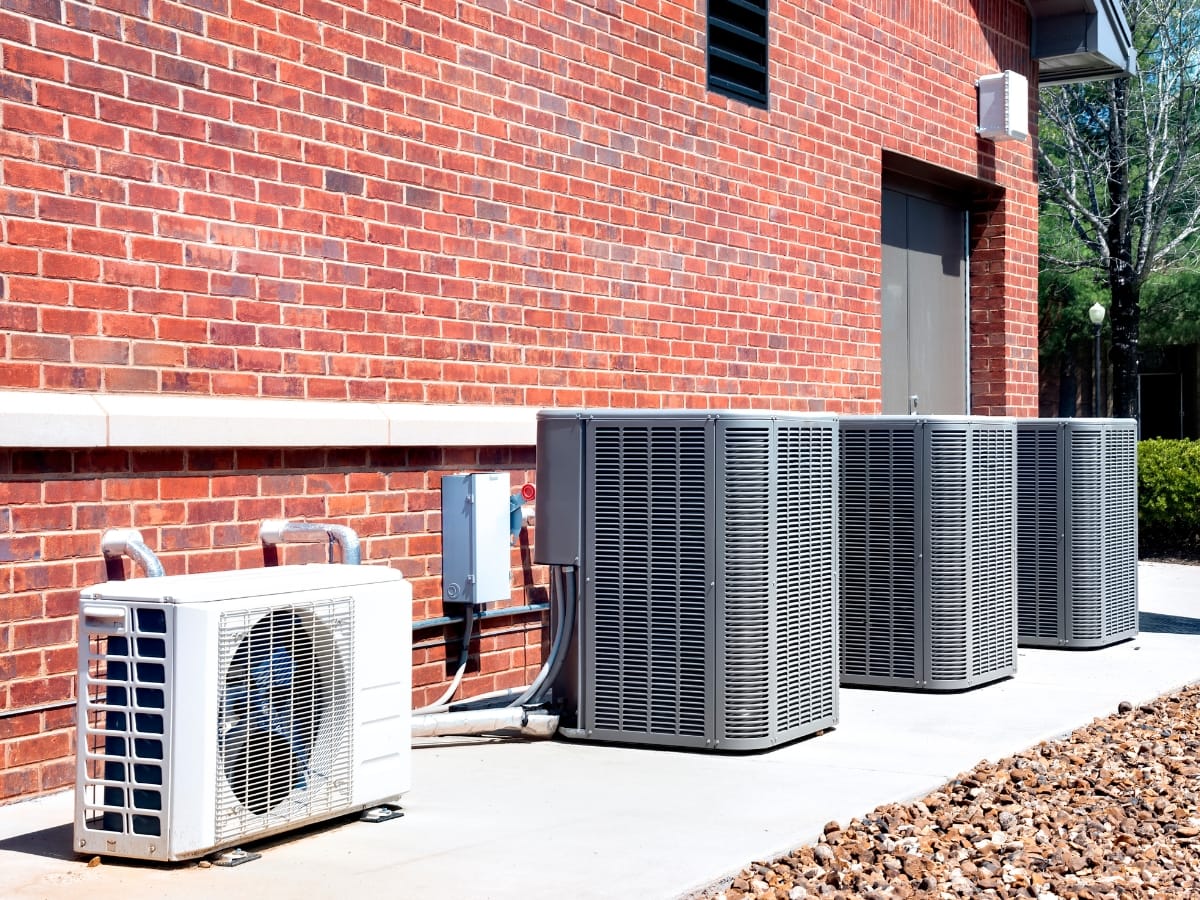
Treat a planned commercial HVAC replacement as an operations upgrade, not just a comfort project. A modern system keeps temperatures steady, air clean, and maintenance predictable, which reduces disruptions and helps people do better work. The payoff shows up in fewer complaints, less downtime, and a workplace that supports productivity and customer satisfaction.
How Does Improved Indoor Air Quality Boost Employee Productivity and Well-Being?
Air quality is more than a nice-to-have in busy buildings. With higher-grade filtration, balanced ventilation, and controlled humidity, a commercial HVAC replacement cuts particles and irritants that drag down focus. Filters rated MERV 13 or better capture a high share of fine dust, pollen, and dander. Ultraviolet germicidal irradiation at the coil keeps biofilm from building up and lowers the chance that microbes recirculate. Holding relative humidity near 40 to 60 percent helps the body’s natural defenses, reduces static, and makes spaces feel comfortable at slightly higher setpoints. The practical result is cleaner air that can translate into fewer sick days, easier breathing for allergy sufferers, and steadier concentration during the workday.
How Can Consistent Indoor Comfort Enhance Business Performance?
Uneven temperatures create hot spots, cold corners, and a steady stream of service requests. Right-sized equipment with variable capacity solves that by matching output to real demand. Variable speed compressors and fans smooth out swings, so meeting rooms, open offices, and customer areas feel the same from wall to wall. When conditions are consistent, people complain less and stay longer in retail zones, sensitive processes hold their tolerances, and electronics run within safe ranges. Commercial HVAC replacements that avoid constant cycling also protect their own components, which extends useful life and keeps performance closer to design specs month after month.
What Role Do Smart HVAC Systems and Building Automation Play in Minimizing Downtime?
Connected controls turn maintenance from reactive to proactive. Sensors monitor temperatures, pressures, fan speeds, filter status, and energy use in real time. When a trend points to a failing bearing, a drifting sensor, or a clogged filter, the system alerts staff before a failure knocks out a floor or a tenant suite. Service can be scheduled during low occupancy periods, which avoids lost production and overtime labor. Building automation also coordinates schedules, setpoints, and ventilation rates with occupancy and weather. That means early start only when needed, setback when areas are empty, and demand limiting when utility prices spike, all without sacrificing comfort.
How Do These Commercial HVAC Replacement Upgrades Support Facility and Finance Goals?
Operations teams gain predictable routines. Fewer unplanned calls free technicians to handle planned tasks like coil cleaning and calibration. Facility managers get better data for capital planning, including run hours and fault histories that show which assets deserve priority. Finance teams see steadier utility bills and fewer emergency invoices, and they can model savings against the project cost with reasonable accuracy. In markets that value energy performance, improved metrics can support certifications and align with tenant lease requirements.
What Environmental and Health Advantages Come with Modern Commercial HVAC Replacement?

A planned commercial HVAC replacement does more than refresh aging equipment. It cuts energy use, lowers emissions, and creates healthier indoor environments for the people who work and visit your building. These gains show up in utility data, occupant feedback, and easier compliance with sustainability goals.
How Does Upgrading HVAC Systems Reduce Your Carbon Footprint?
High-efficiency compressors and variable capacity from a commercial HVAC replacement controls match output to actual demand instead of cycling at full power. In many buildings, that shift trims HVAC electricity use by 20 to 50 percent compared with systems that are 10 years old or more. Variable refrigerant flow zoning avoids heating or cooling empty rooms, while heat recovery moves energy from areas that need cooling to areas that need warmth.
Smart controls coordinate setpoints with occupancy and weather, and demand response schedules reduce load during peak periods when grid carbon intensity is often highest. The result is lower kWh and a direct reduction in associated CO2. Those documented savings can support ESG reporting and help with green building certifications that track energy performance.
What Are the Health Benefits of Improved Indoor Air Quality?
Modern systems from commercial HVAC replacements make cleaner indoor air easier to deliver and verify. Filtration at MERV 13 or better captures a high share of fine particles from traffic, dust, and pollen. Outdoor air is introduced at controlled rates and mixed properly, which dilutes indoor contaminants without creating drafts or cold spots. Ultraviolet germicidal irradiation at the coils reduces biofilm and lowers the chance that microbes recirculate.
Keeping relative humidity in the 40 to 60 percent range limits mold growth, reduces static, and supports the body’s natural defenses. Many facilities see fewer allergy and asthma complaints, a drop in sick-day absences, and steadier focus when ventilation, filtration, and humidity are tuned and monitored. IAQ sensors for CO2, particles, and VOCs close the loop by confirming that air quality targets are met during real operating hours.
How Do Refrigerants and New Technologies Support Sustainability?
Refrigerant choice matters for climate impact. New equipment designed for lower GWP refrigerants such as R-32 or R-454B reduces the warming effect of any leaks compared with legacy R-410A. In many cases, the GWP reduction is substantial, and improved thermodynamic properties can raise system efficiency at part load.
Factory-installed leak detection, tight brazing practices, and proper charging help keep direct emissions low over the life of the system. End-of-life recovery and reclamation further reduce environmental impact by keeping refrigerant out of the atmosphere and returning high-value material to the supply chain.
What Other Environmental Wins Come With Modernization?
Right-sized fans and compressors run quieter, which lowers background noise and improves comfort in offices, classrooms, and retail settings. Better coil designs and coatings maintain heat transfer performance longer, which keeps energy use closer to design levels between maintenance visits. Connected controls make it simple to align equipment schedules with actual occupancy, so systems are not conditioning empty spaces. All of these commercial HVAC replacement changes reduce wear, extend useful life, and cut waste tied to premature replacement.
When Should Business Owners Consider Replacing Their Commercial HVAC Systems?
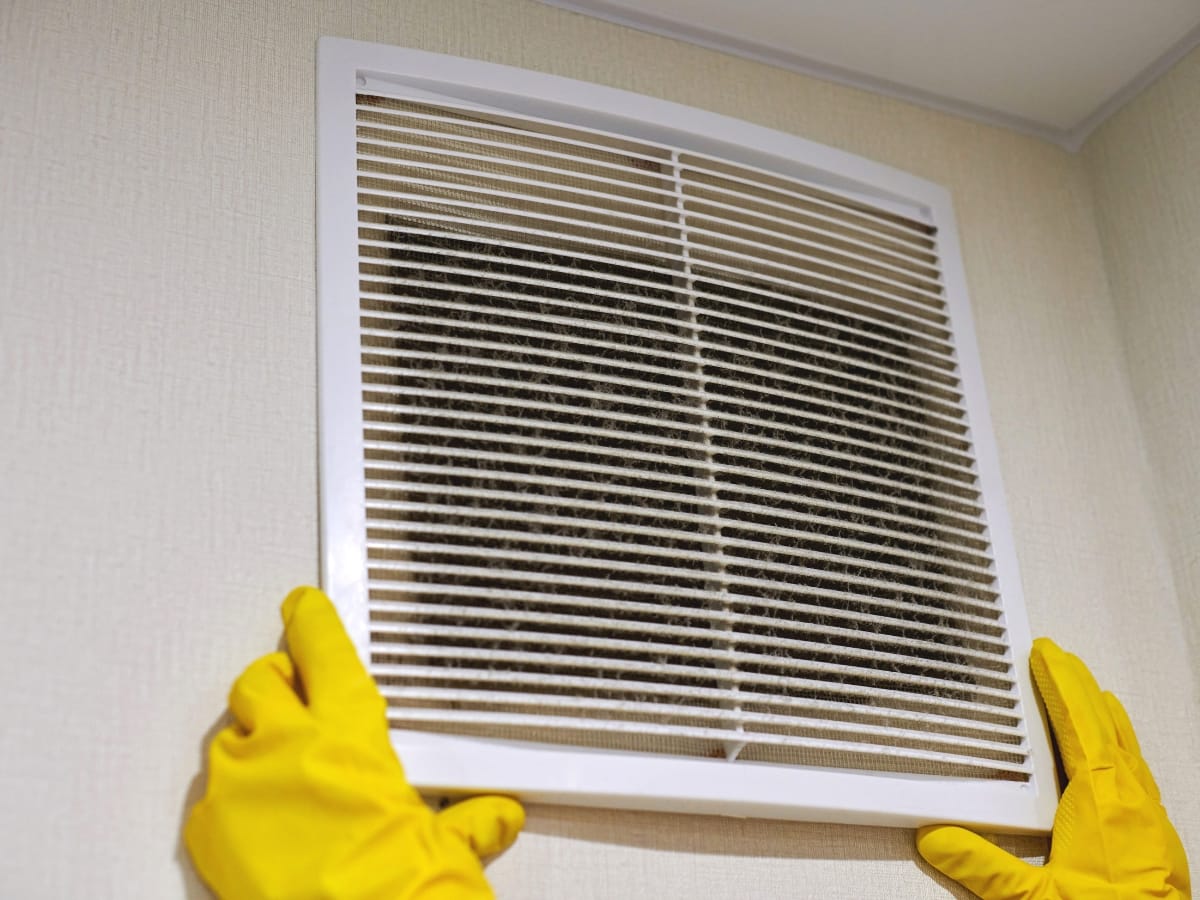
Planned upgrades beat emergency fixes every time. A scheduled commercial HVAC replacement prevents surprise outages, smooths budgets, and often lowers operating costs on day one. Knowing when the old system has crossed from dependable asset to recurring liability helps you act before comfort and productivity suffer.
Key Signs Your System Is Near Failure
Warning signs for a commercial HVAC replacement usually show up months before a breakdown. Rising energy bills with the same operating hours point to declining efficiency. New noises or persistent vibration from compressors and fans suggest wear that will not improve on its own. Hot and cold spots, longer run times, short cycling, or humidity that drifts out of range all indicate control and capacity problems. A drop in indoor air quality, more dust or odors, and complaints about headaches or stuffiness are common when filtration and ventilation fall behind. If your building automation system logs frequent alarms or you are topping off refrigerant more than once a season, the system is likely nearing the end of life.
Typical Lifespan And What Changes It
Most commercial systems deliver about 15 to 20 years of service. That range shifts with maintenance quality, filter changes, coil cleaning, and whether the original design matched the building’s loads. Harsh environments with high humidity or airborne contaminants shorten life. Lightly used systems with steady maintenance can run longer, but efficiency declines over time. Once a unit passes the 10-year mark and begins to need frequent service, the cost of repairs and downtime often exceeds the value of squeezing out a few more seasons.
Repair Or Replace: How To Decide
Treat this as a simple cost comparison. Add up last year’s repair spending, expected repairs this year, and the energy penalty of running older equipment. Compare that total to the annualized cost of a new system after incentives, along with its expected energy and maintenance profile. A practical rule is this: if annual repairs approach or exceed 50 percent of the new system’s yearly ownership cost, replacement is usually the better business decision.
Also, weigh risk. If a failure would halt production, drive tenants to complain, or close customer areas, the cost of downtime may dwarf repair invoices. Lead times matter as well. Ordering early lets you schedule work in a shoulder season and avoid premium labor or temporary cooling.
Additional Triggers That Point To Replacement
Standards and refrigerants change. If your equipment relies on refrigerants that are being phased down, future repairs may be harder and more expensive. Newer units pair variable capacity compressors with smart controls that track performance, alert you to issues before they become outages, and often cut energy use by 20 to 40 percent compared with older gear. When you plan roof work, tenant fit-outs, or electrical upgrades, align those projects with commercial HVAC replacement to limit disruptions and crane mobilizations.
What Types of Commercial HVAC Systems Offer the Best Investment Value?

When you plan a commercial HVAC replacement, system choice determines how quickly the upgrade pays you back. The best option balances efficiency, controllability, installation constraints, and serviceability for your building’s size and use. Below are the systems most owners in Atlanta consider, with the practical pros that drive return on investment.
What Are The Benefits Of Variable Refrigerant Flow (VRF) Systems?
VRF systems deliver high efficiency by modulating capacity to match real-time loads. At part load, many designs show up to 30 percent better performance than conventional equipment because the compressors and indoor units ramp gently instead of cycling. Each zone can run at its own setpoint, so a sunny perimeter can cool while interior rooms hold steady, which reduces complaints and wasted energy.
VRF also cuts footprint. Smaller refrigerant piping and limited ductwork free up ceiling space and reduce shaft requirements, which is valuable in tenant buildouts. Inverter-driven components typically lead to fewer hard starts and fewer nuisance trips, which lowers service calls over the life of the system.
How Do Split And Multi-Split Systems Compare For Commercial Use?
Split systems are straightforward, reliable, and cost-effective for single suites, small offices, and retail bays. One outdoor unit serves one indoor unit, controls are familiar, and installation is typically fast. Multi-split systems extend that idea. A single outdoor condenser can support up to 8 indoor units, which makes sense for small to mid-size spaces with several rooms that do not all run at the same time.
Both approaches limit ductwork and the associated static losses, and they pair well with smart thermostats for schedule control and remote monitoring. In the right application, the modular nature of these commercial HVAC replacements simplifies future changes because you can add or relocate indoor units without reworking a central air handler.
What Innovations Are Driving Smart HVAC Investments Today?
Controls and analytics now contribute as much value as hardware. Machine learning routines can smooth loads across zones, stage equipment efficiently, and flag abnormal trends before they become failures. Cloud analytics let portfolio managers compare sites, verify that setpoints and schedules match policy, and spot drifting performance from a dashboard. Cybersecure controllers protect building networks while still allowing safe remote access for technicians. Together, these tools cut energy use, shorten downtime, and make maintenance more predictable.
How Do You Choose The Right Commercial HVAC Replacement For An Atlanta Building?
Start by confirming design loads for both cooling and dehumidification. Atlanta’s humidity means latent control matters as much as sensible capacity, so equipment selection should reflect both. Map how spaces are used during the day and week. Offices with fluctuating occupancy benefit from zone control that tracks use, while kitchens, labs, or server rooms may need dedicated systems that run outside normal schedules.
Evaluate ceiling height, shaft availability, electrical capacity, and outdoor clearances, since these often rule in or out certain system types. Include incentives and tax deductions in your analysis to see the true net cost. Finally, plan for commissioning and a preventive maintenance schedule so the system performs to spec after turnover.
How Can Business Owners Overcome Common Concerns About Commercial HVAC Replacement Costs?

Sticker shock is normal when you first price a large mechanical project. The right way to look at a commercial HVAC replacement is as a multi-year business asset, not a one-time expense. When you structure financing and quantify savings up front, the decision becomes clearer and the cash flow easier to manage.
What Financing Options Are Available for Commercial HVAC Replacement?
Most owners combine several tools to smooth out the initial outlay. Energy-efficiency loans from local banks or credit unions often offer longer terms and rates tied to the project’s verified savings. Traditional equipment leases spread payments across the expected service life so that monthly costs align with the benefits the system delivers.
Some utilities offer on-bill financing, which folds repayment into the monthly power bill and is offset by lower consumption. If your site is pursuing solar, a power purchase agreement can pair generation with a right-sized HVAC upgrade so demand charges and runtime both decline. For public or nonprofit facilities, performance contracts allow a third party to design, build, and maintain the upgrade, with payments funded by the guaranteed savings.
How Do Long-Term Savings Offset Upfront Commercial HVAC Replacement Costs?
Savings arrive from three places. First, modern compressors, variable speed fans, heat recovery, and improved controls cut energy use, often by 20 to 40 percent compared with systems that are more than 10 years old. Second, reliability improves, which reduces emergency calls, rental chillers, and productivity losses tied to comfort complaints. Third, incentives and tax deductions lower the net project cost in year one.
When you add these elements, many projects show a simple payback of around 3 to 7 years. After the payback window closes, the lower operating profile continues for the balance of the system’s service life, which can be another 8 to 12 years. That means the upgrade contributes to margins each year while also stabilizing operations.
How To Build A Clear Business Case
Start by documenting a baseline. Gather the last 24 months of utility data, repair invoices, and comfort complaints. Model energy savings using actual schedules and loads rather than generic assumptions. Price incentives that apply to your project type and location so you can present a net cost, not just the gross.
Compare annual repair spending plus the energy penalty of the old system to the annualized cost of the new one. Include downtime risk in the analysis, since a failure during peak season can erase the perceived savings of deferring replacement. With this approach, concerns about upfront cost give way to a plan that shows how the project funds itself and reduces operational risk.
How to Get Started with Galgon HVAC for Your Commercial HVAC Upgrade
A modern commercial HVAC system isn’t just an expense – it’s a strategic investment that boosts energy efficiency, reduces maintenance costs, and creates a more comfortable environment for employees and customers alike. At Galgon HVAC & Mechanical Service, we specialize in commercial HVAC replacements that deliver measurable ROI through smarter technology and expert installation. Don’t let an aging system drain your profits – call (404) 352-1500 today or request your customized quote online. With Galgon’s 24/7 emergency service and HVAC expertise, you’ll gain a system designed to perform when your business needs it most.
